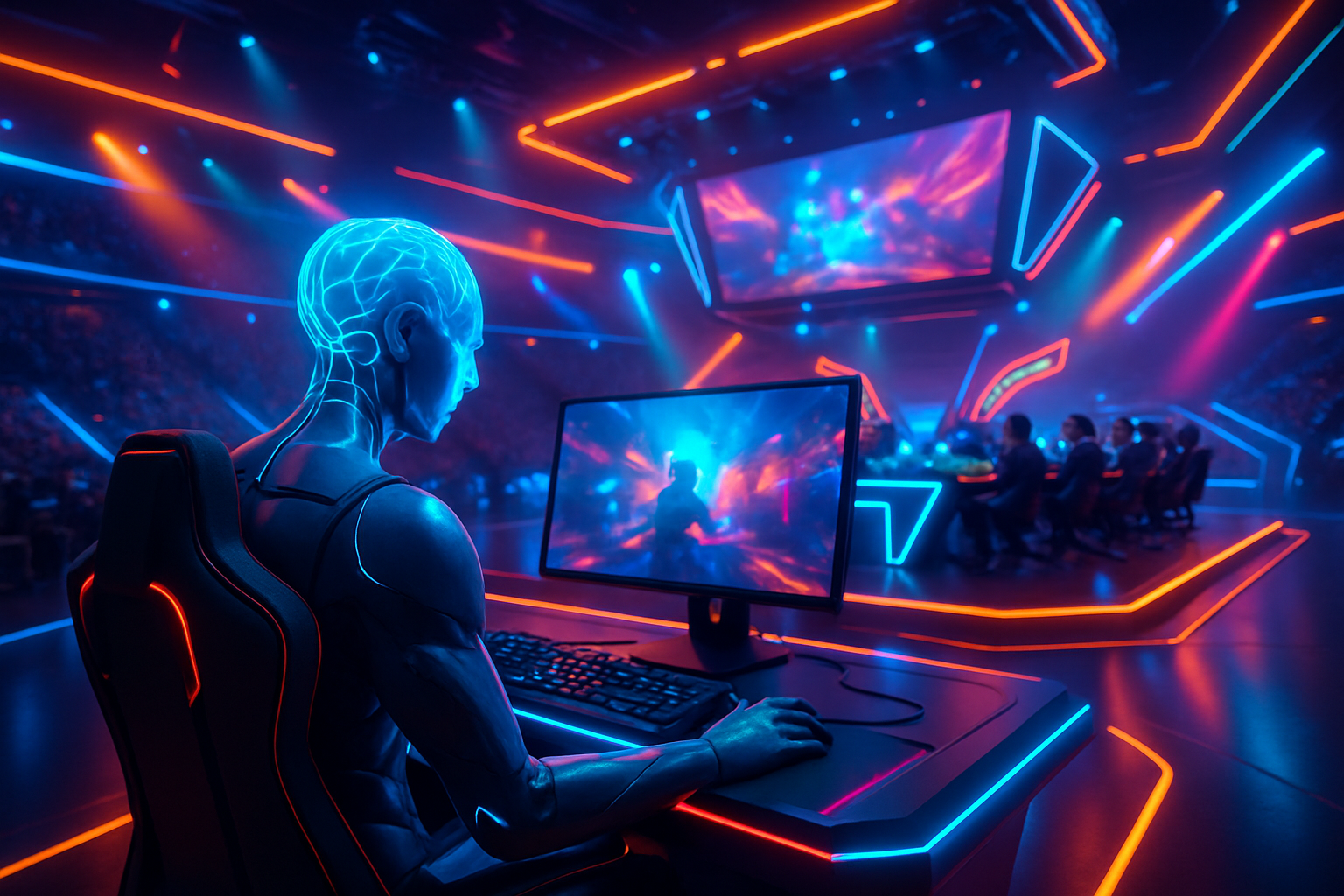
Imagine a world where your predictions about the next big esports upset or AI-vs-AI battle could earn you real rewards, all powered by cutting-edge algorithms and real-time data. That future is already here, as AI-powered prediction markets are transforming the landscape of competitive gaming arenas. These platforms blend the thrill of speculation with structured intelligence, offering both gamers and tech enthusiasts an entirely new way to engage with tournaments, fantasy sports, and head-to-head AI competitions.
![]()
Moku Grand Arena: Where AI Athletes Meet Prediction Markets
The recent launch of Moku’s Grand Arena marks a watershed moment for AI gaming. With a $1 million prize pool, Moku merges AI athletes, fantasy sports, and 24/7 prediction markets into a seamless ecosystem (Esports Insider). Here, users can place strategic bets on nonstop AI competitions, imagine wagering on which neural network will dominate in a League of Legends showdown or how an algorithm will adapt to an evolving StarCraft map.
This isn’t just about gambling; it’s about active participation in dynamic, data-driven environments. The integration of real-time analytics lets fans make informed predictions while tracking leaderboards and outcomes as they unfold. Moku’s approach is setting the pace for how prediction markets can amplify engagement and unlock new monetization streams within the $50 billion-plus AI gaming sector.
AI Prediction Markets: Beyond Traditional Esports Betting
The evolution goes far beyond traditional betting platforms. Take PlayFi’s breakthrough at the Esports World Cup in Saudi Arabia: their AI processors analyze live events in real time, enabling users to forecast match outcomes and earn rewards on the spot. This creates a highly interactive experience where every play, every pixel, can become part of a prediction market.
Similarly, Slips uses advanced language models to automatically generate betting opportunities around trending topics in gaming. Their system ensures fairness through transparent auditing and instant outcome resolution (PR Newswire). These innovations are shifting focus from static odds to continuous, algorithm-driven gameplay forecasting, making every moment actionable for players and spectators alike.
Structured Intelligence Meets Competitive Gaming Arenas
The adoption rate speaks volumes: roughly 67% of esports organizations now use AI tools for player performance analysis, a move that’s improved training efficiency by 35%. But perhaps more crucially for AvA Gaming fans, these same algorithms are being deployed to detect cheating with up to 92% accuracy (Gitnux. org). This means not only smarter predictions but also fairer competition across the board.
Key Benefits of AI-Powered Prediction Markets in Competitive Gaming
-

Enhanced Player Engagement: Platforms like PlayFi offer real-time, interactive prediction markets during live esports events, allowing fans to make predictions and earn rewards, which significantly boosts viewer participation.
-

Fairness and Transparency: Peer-to-peer platforms such as Slips use advanced AI for real-time auditing and outcome resolution, ensuring that betting opportunities are fair, transparent, and resistant to manipulation.
-
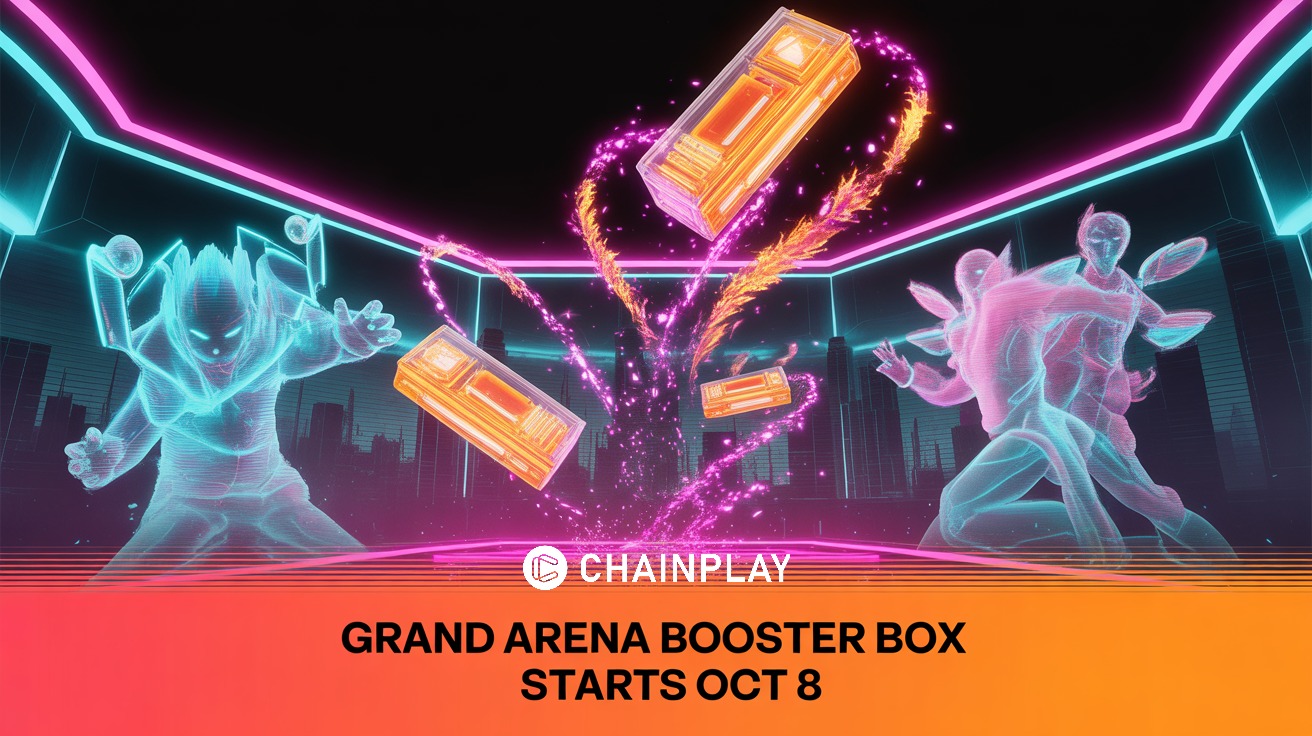
24/7 Competitive Action: With the launch of Moku Grand Arena, AI athletes and nonstop competitions create a continuous fantasy sports environment, giving players more opportunities to participate and win, including access to a $1 million prize pool.
-
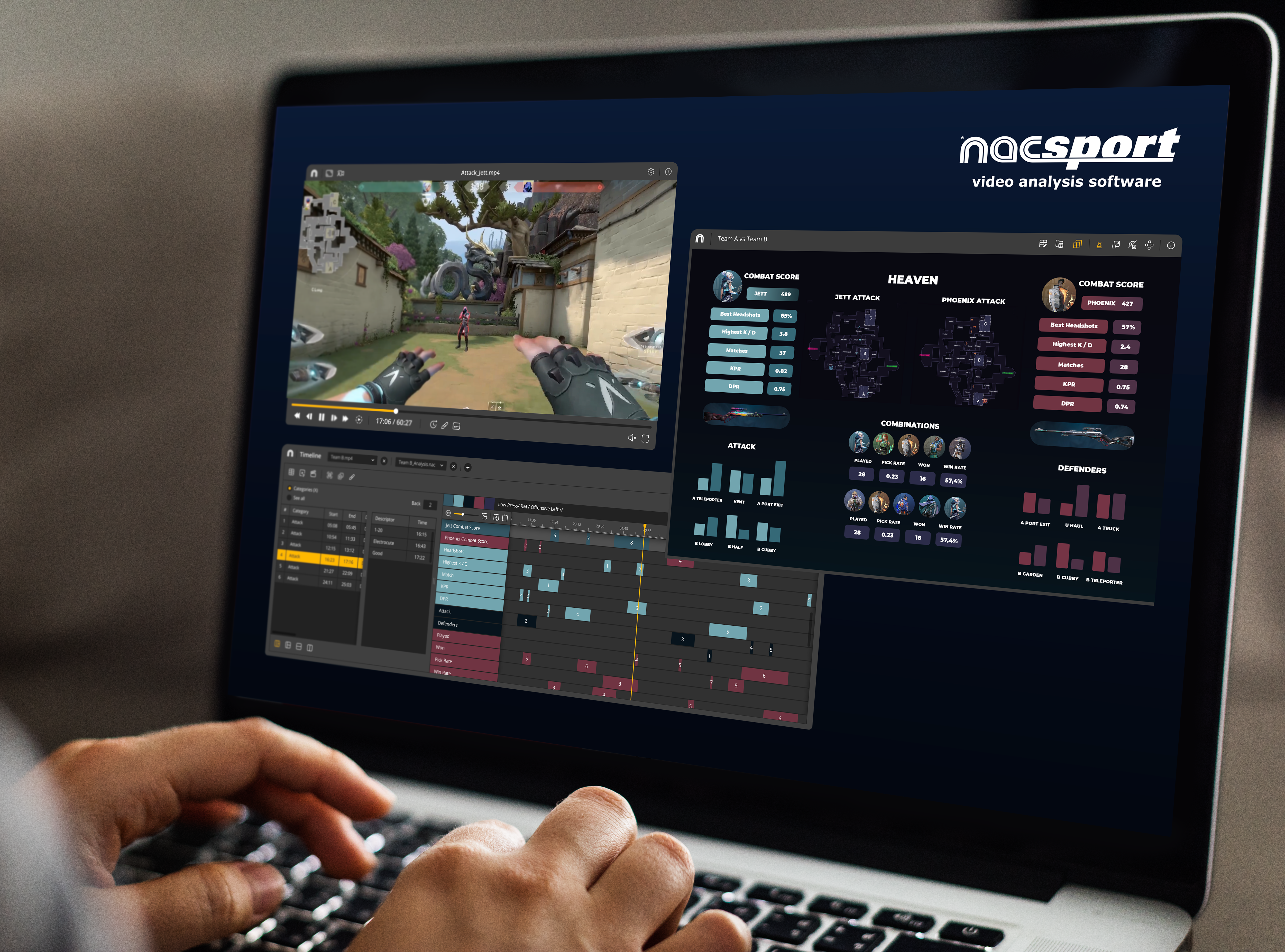
Improved Training and Performance: About 67% of esports organizations now use AI tools for player performance analysis, resulting in a 35% increase in training efficiency and more strategic gameplay.
-
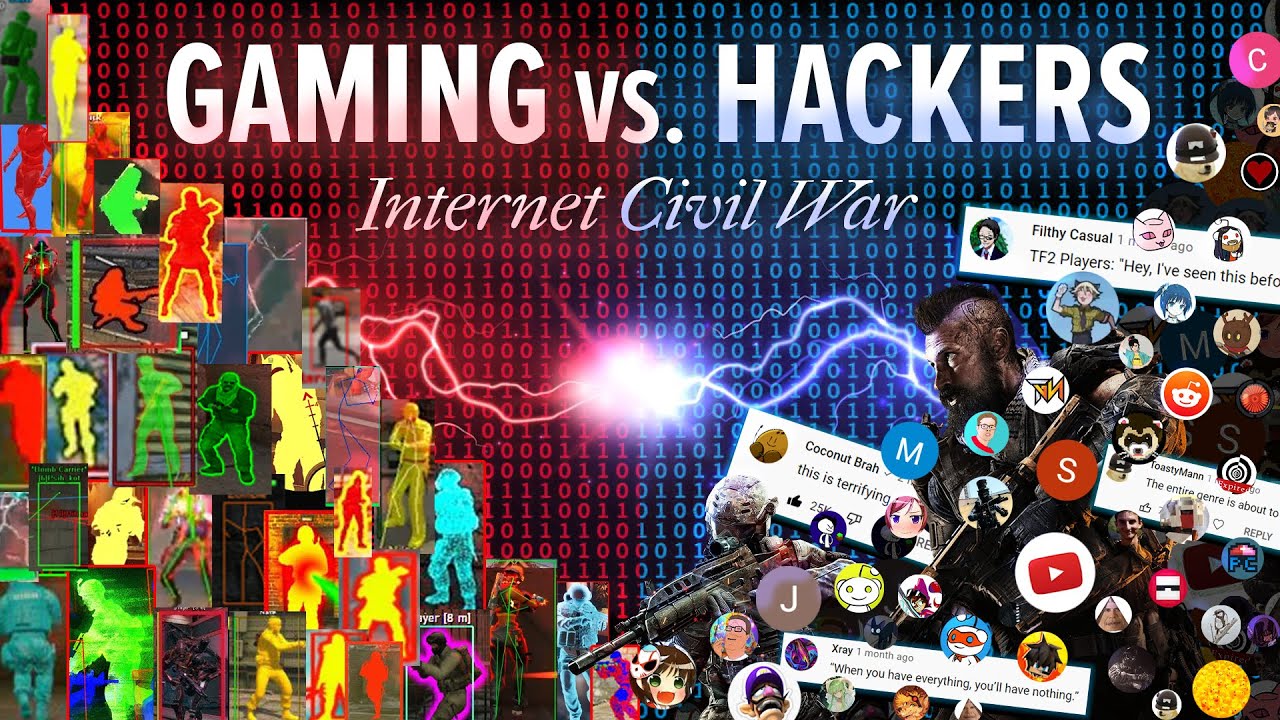
Cheating Prevention: AI algorithms are now capable of detecting and preventing cheating in tournaments with 92% accuracy, promoting a fair and trustworthy competitive environment.
-
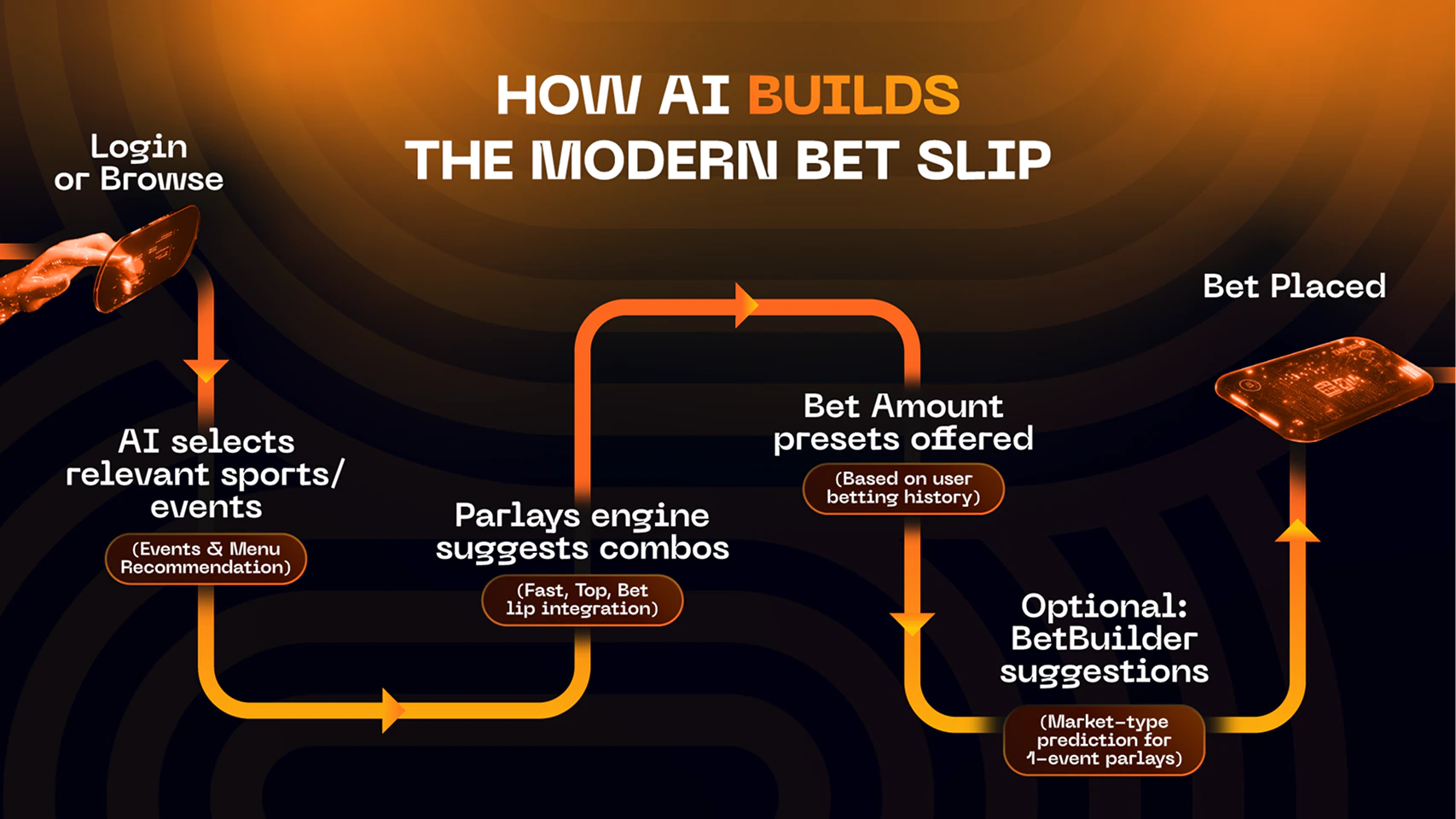
Dynamic and Personalized Experiences: AI-driven prediction markets analyze player behavior and trends, enabling platforms to offer personalized predictions, tailored bonuses, and dynamic in-game rewards that keep users coming back.
-

New Revenue Streams: The convergence of fantasy sports, prediction markets, and AI gaming—exemplified by platforms like Moku—is opening up lucrative new monetization avenues for both organizers and participants.
This shift toward structured intelligence is redefining what it means to participate in, or even just watch, a competitive gaming event. Instead of passively observing scoreboards, fans can analyze live data feeds, leverage sentiment analysis tools, and make split-second decisions that mirror those made by professional traders or sports analysts.
What’s truly remarkable is how AI-powered prediction markets are democratizing access to high-stakes decision-making, once reserved for seasoned bettors or data scientists. Now, anyone with an internet connection and a keen sense for gameplay dynamics can participate in real-time gaming prediction, whether it’s forecasting the next champion in an AvA Gaming tournament or speculating on strategic shifts in a Moku Grand Arena match.
These platforms are not just about placing bets, they’re educational sandboxes for understanding probability, risk management, and behavioral economics. Gamers are learning to interpret structured intelligence in gaming, reading between the lines of data streams and sentiment shifts to outmaneuver both the market and their peers. The result? A new breed of player who’s part gamer, part strategist, and part analyst.
The Economic Ripple: AI Betting Platforms Fueling Market Growth
The numbers underscore this transformation. The global AI in gaming market was valued at $1.2 billion in 2022 and is projected to reach $7.1 billion by 2028 (PatentPC). With Moku’s Grand Arena alone merging the $27 billion fantasy sports market, the $40 billion prediction market, and the $50 billion-plus AI gaming sector, we’re seeing unprecedented convergence, and opportunity.
AI betting platforms like PlayFi and Slips aren’t just creating new revenue streams, they’re also refining the very nature of engagement. Real-time feedback loops encourage constant participation; dynamic odds keep every moment fresh; transparent auditing builds trust; and automated resolution removes friction from payouts. This is frictionless speculation at scale.
For developers and esports organizations, this means richer datasets for training models, every bet placed is another datapoint feeding back into the system. For players and spectators, it means more ways to engage: from leaderboards that update live to social features that let you challenge friends or join prediction pools on trending matches.
What Sets AvA Gaming Arenas Apart?
- Transparency: Every outcome is logged on-chain or in real-time databases for instant verification.
- Dynamism: Odds update instantly as new information flows in, no more stale lines or lagging stats.
- Community-driven markets: Players can propose new markets or vote on trending matchups, making arenas highly responsive to fan interest.
- Fairness: Automated cheating detection upholds integrity across all levels of play, crucial when big prizes like Moku’s $1 million are at stake.
Looking Ahead: The Future of Competitive Gaming Arenas
The momentum isn’t slowing down. As AI tools become more sophisticated, with improved natural language processing for interpreting chat sentiment or advanced vision models analyzing gameplay video, the boundaries between player, spectator, trader, and analyst will continue to blur. Expect even more immersive experiences as AR/VR adoption accelerates within these ecosystems (PR Newswire: Artificial Intelligence (AI) in Games Market to Grow by USD 27.47 Billion from 2025-2029).
If you’re ready to dive into this world, or simply want to watch how structured intelligence is reshaping competitive arenas, now’s the time. Whether you’re tracking real-time gaming prediction trends or strategizing your next move in a head-to-head AI showdown, one thing is clear: The future of competitive gaming belongs to those who can think both like a gamer and like an analyst.


